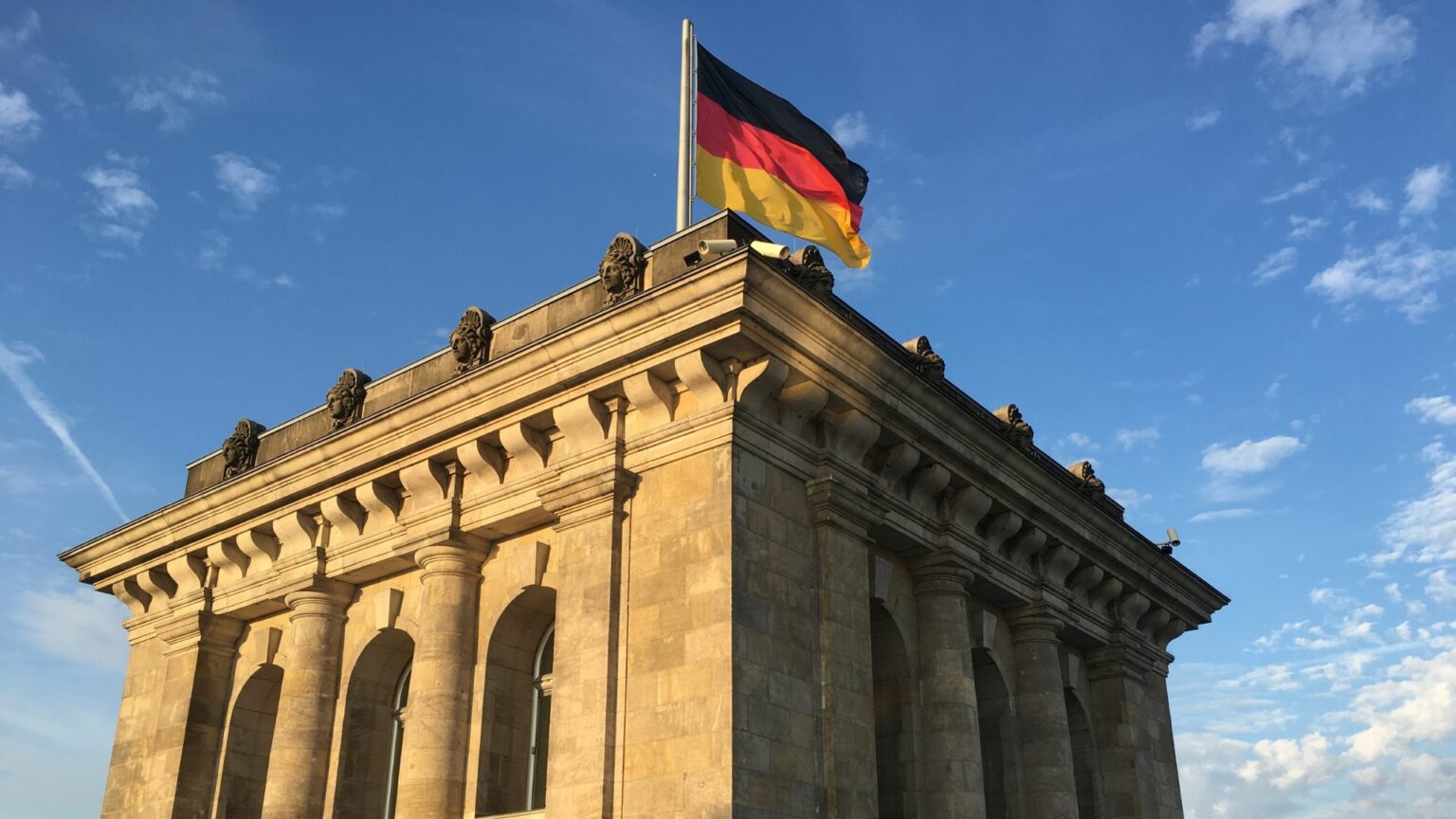The German federal government has unveiled a comprehensive strategy to import hydrogen, essential for the country’s transition to a climate-friendly economy.
The strategy outlines that Germany will require between 95 to 130 terawatt hours (TWh) of hydrogen and derivatives by 2030, escalating to around 360 to 500 TWh by 2045. This ambitious projection is driven by anticipated demand from the steel, chemical, mobility, and logistics sectors, as well as power plants. For context, Germany’s renewable energy sources generated approximately 251 TWh of electricity in 2023, highlighting the substantial increase in hydrogen production needed.
A significant portion of Germany’s hydrogen demand will be met through imports. The government projects that by 2030, 50 to 70 percent of the hydrogen required will be imported. This heavy reliance on imports raises questions about the security and stability of supply chains, especially given geopolitical and economic uncertainties.
“Green” hydrogen, produced using renewable energy sources like wind and solar, is central to Germany’s strategy. This approach aims to significantly reduce CO2 emissions. However, the production of green hydrogen requires a substantial amount of electricity from renewables, which is still a developing sector in Germany.
The strategy also temporarily includes “blue” hydrogen, derived from fossil fuels but with carbon capture and storage (CCS) to mitigate emissions. While blue hydrogen can serve as a transitional solution, its reliance on fossil fuels and the efficiency of CCS technology remain contentious issues.
Germany plans to establish at least four hydrogen import corridors linked to pipelines from the North Sea region, Baltic Sea region, Southwest Europe, and Southern Europe. The first cross-border pipeline between Germany and Denmark is slated to be operational by the end of 2028. Future pipelines are considered from Norway and potentially Great Britain.
Industry leaders have emphasized the importance of importing hydrogen at competitive prices and within a short timeframe. The strategy estimates an investment of nearly 20 billion euros to build a hydrogen transport core network by 2032, covering 9,666 kilometers of pipelines. However, the strategy lacks specifics on how quickly hydrogen can be made available and at what cost, crucial factors for industries like steel manufacturing.
To reduce reliance on imports, the strategy also includes building electrolysis plants within Germany to produce green hydrogen. This requires a significant ramp-up in renewable energy capacity, which is currently facing its own set of challenges, such as delays in wind turbine installations and regulatory hurdles.
